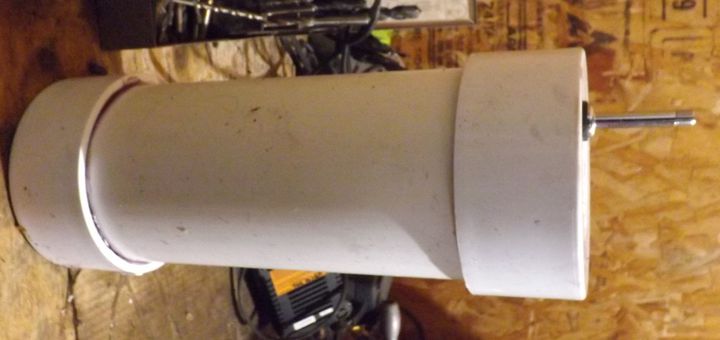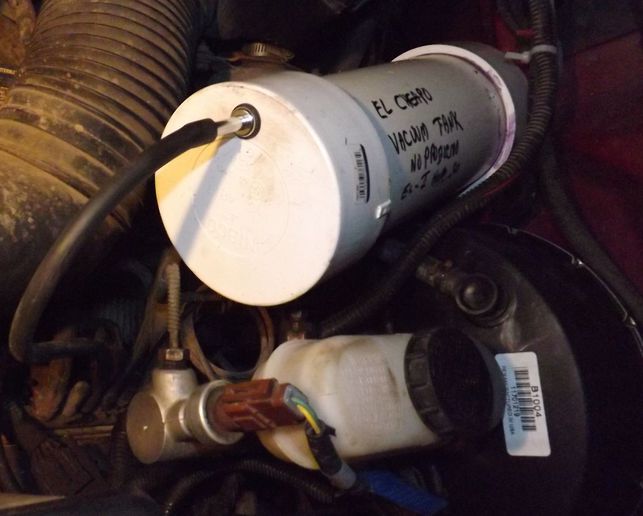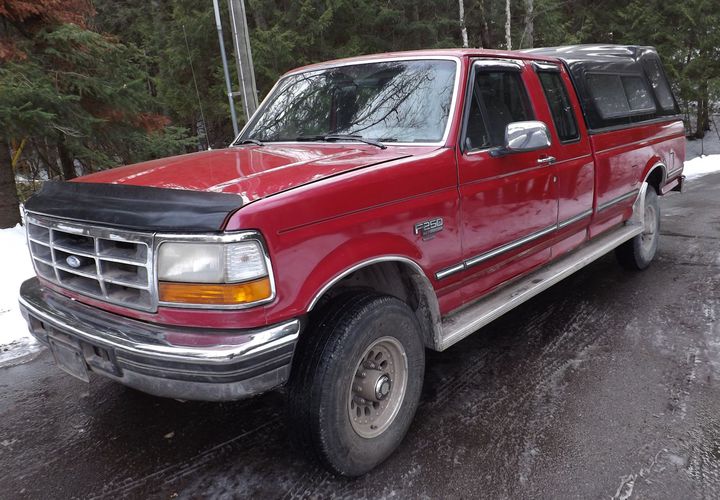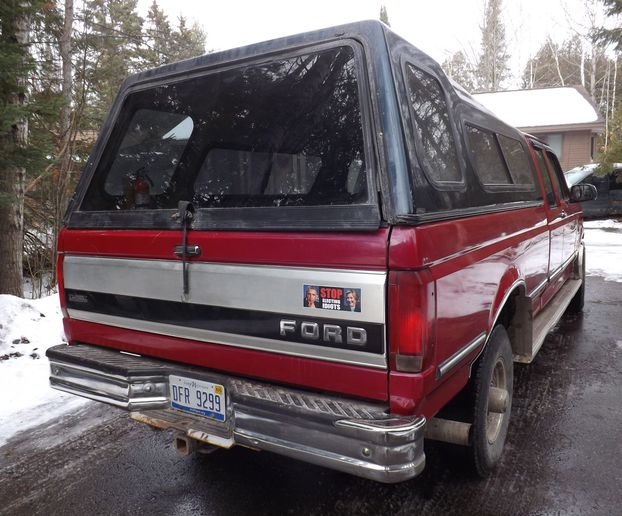I already have a post going on this issue but it is getting a little buried. I am looking for some "common sense" ideas or possible explanations.
This on my 1994 Ford diesel F250 HD truck (over 8500 lb. GVWR)
Truck had 200K miles when I got it and now has 400K miles. Brake pedal has always been soft. If I hold pressure on it steady, it will slowly go near all the way down to the floor and my low-vacuum warning light comes on. Has a vacuum booster.
Note - brakes have always worked great. Just kind of un-nerving to have a fading brake pedal and a warning light that comes on under hard use.
So - put it in my shop this winter and replaced near everything. STILL has the problem. New master-cylinder, rebuilt calipers, new wheel cylinders, new vacuum pump, rebuilt vacuum-booster.
I now find out that many Ford owners with similar trucks had or have the same complaints.
Ford Motor Co. addressed the issue with two items. #1 is a special "zero loss" brake booster only for diesels. #2 is a larger-bore master-cylinder from a F450.
I have read many posts where various people tried the Ford fixes. Some said they saw improvement and some not.
I do not like changing parts unless it at least first makes sense in my head.
How can any master-cylinder allow brake-pedal fade unless it has a bypass circuit allowing brake fluid to get past the pistons? And hey - maybe the OEM master-cylinder does?
Ford came up with what they call a "zero loss" vacuum booster only to fix problem vehicles. Loss of what? Vacuum?
One more item to enter into what so far, is a mystery to me. I have read many posts blaming the ABS valve. I just found out my truck does have rear ABS with a module in front. Before yesterday, I did not know it existed. Problem is - as I see it is this. It only has two brake line ports. An "in" and "out." So it seems all it can do is turn "on" or "off" the rear brakes. It does not dump fluid anywhere. I do not see how this can possibly permit brake pedal fade regardless of what it does.
Like many problems that get posted on Web forums - I see lots of ideas but have not found any posts were someone says - "hey, I fixed the thing."
Here is the Ford bulletin info for 1997 and older diesel trucks:
Many owners have realized a low or creeping down brake pedal on
their trucks. Ford has developed a Zero-Loss Travel brake
booster to correct this condition if the customer finds this condition unacceptable. This
part is only for use on diesel-powered trucks P/N F5TZ-2005-CA it is not a service
replacement, it must be ordered by the part number specifically, not the vehicle
application.
This on my 1994 Ford diesel F250 HD truck (over 8500 lb. GVWR)
Truck had 200K miles when I got it and now has 400K miles. Brake pedal has always been soft. If I hold pressure on it steady, it will slowly go near all the way down to the floor and my low-vacuum warning light comes on. Has a vacuum booster.
Note - brakes have always worked great. Just kind of un-nerving to have a fading brake pedal and a warning light that comes on under hard use.
So - put it in my shop this winter and replaced near everything. STILL has the problem. New master-cylinder, rebuilt calipers, new wheel cylinders, new vacuum pump, rebuilt vacuum-booster.
I now find out that many Ford owners with similar trucks had or have the same complaints.
Ford Motor Co. addressed the issue with two items. #1 is a special "zero loss" brake booster only for diesels. #2 is a larger-bore master-cylinder from a F450.
I have read many posts where various people tried the Ford fixes. Some said they saw improvement and some not.
I do not like changing parts unless it at least first makes sense in my head.
How can any master-cylinder allow brake-pedal fade unless it has a bypass circuit allowing brake fluid to get past the pistons? And hey - maybe the OEM master-cylinder does?
Ford came up with what they call a "zero loss" vacuum booster only to fix problem vehicles. Loss of what? Vacuum?
One more item to enter into what so far, is a mystery to me. I have read many posts blaming the ABS valve. I just found out my truck does have rear ABS with a module in front. Before yesterday, I did not know it existed. Problem is - as I see it is this. It only has two brake line ports. An "in" and "out." So it seems all it can do is turn "on" or "off" the rear brakes. It does not dump fluid anywhere. I do not see how this can possibly permit brake pedal fade regardless of what it does.
Like many problems that get posted on Web forums - I see lots of ideas but have not found any posts were someone says - "hey, I fixed the thing."
Here is the Ford bulletin info for 1997 and older diesel trucks:
Many owners have realized a low or creeping down brake pedal on
their trucks. Ford has developed a Zero-Loss Travel brake
booster to correct this condition if the customer finds this condition unacceptable. This
part is only for use on diesel-powered trucks P/N F5TZ-2005-CA it is not a service
replacement, it must be ordered by the part number specifically, not the vehicle
application.





